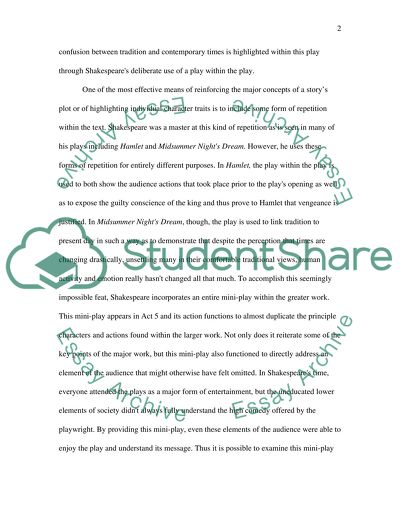Cite this document
(“A Midsummer Night's Dream Research Paper Example | Topics and Well Written Essays - 1750 words”, n.d.)
Retrieved from https://studentshare.org/family-consumer-science/1423590-a-midsummer-night-s-dream
Retrieved from https://studentshare.org/family-consumer-science/1423590-a-midsummer-night-s-dream
(A Midsummer Night'S Dream Research Paper Example | Topics and Well Written Essays - 1750 Words)
https://studentshare.org/family-consumer-science/1423590-a-midsummer-night-s-dream.
https://studentshare.org/family-consumer-science/1423590-a-midsummer-night-s-dream.
“A Midsummer Night'S Dream Research Paper Example | Topics and Well Written Essays - 1750 Words”, n.d. https://studentshare.org/family-consumer-science/1423590-a-midsummer-night-s-dream.


